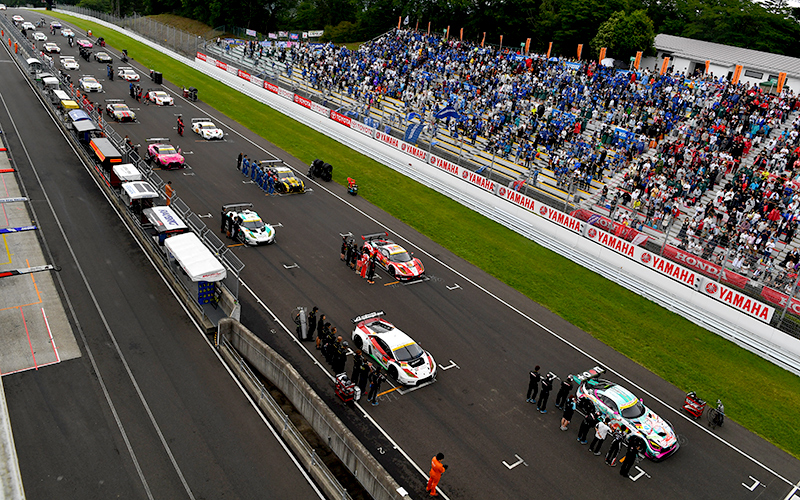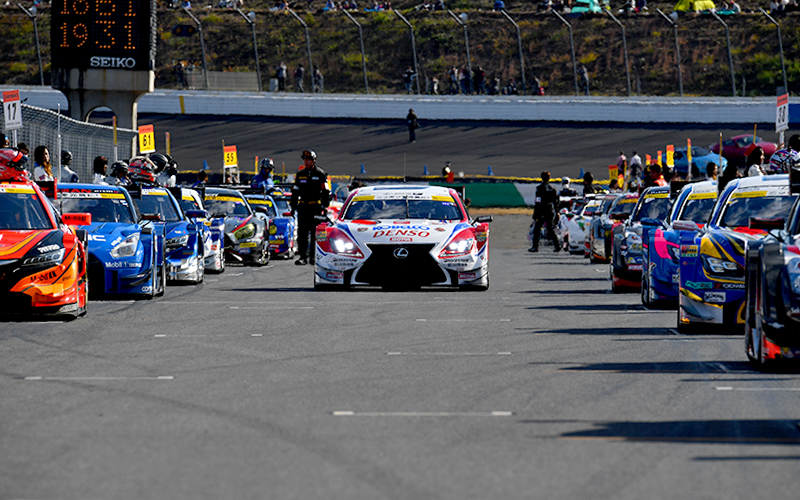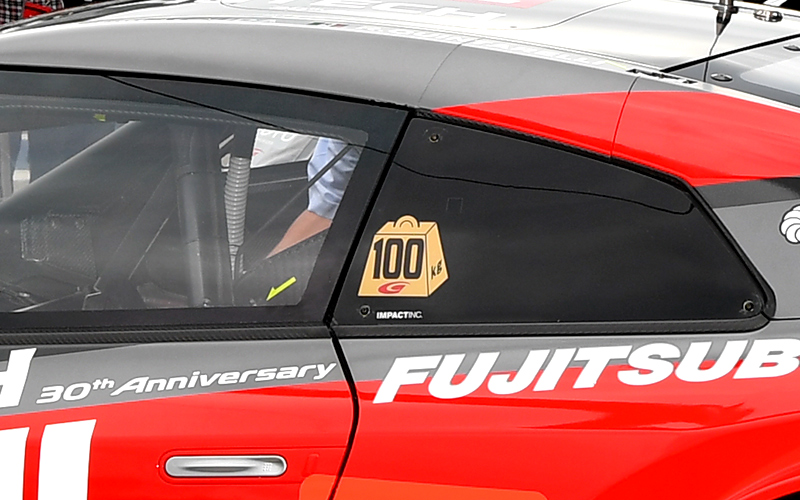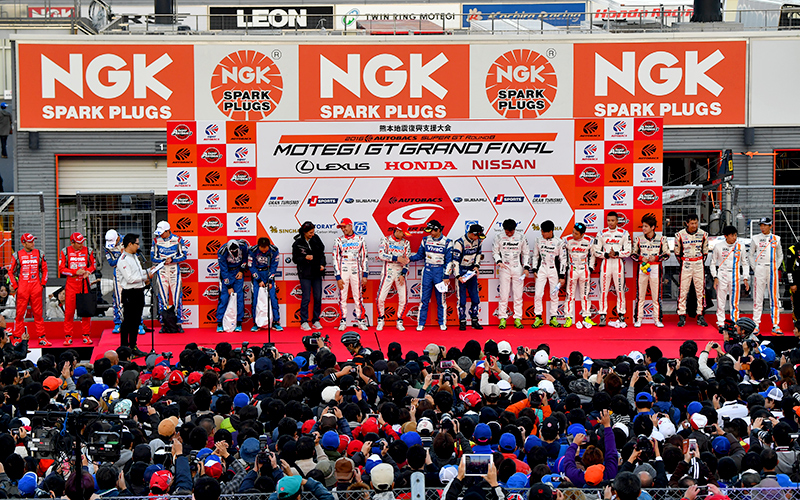

There is still some time until the 2017 season opener. However, the preparation is surely underway as we are seeing a chain of announcements and presentations coming from the automakers and teams recently. All cars in the GT500 class will be switched to a new model this year, and the change is drawing attention.
Similarly, the regulations (Sporting regulations) also go through change and revisions every year. This edition of SUPER GT.net News will focus on the key changes made in the 2017 SUPER GT Sporting Regulations.

[Maximum number of registered entry cars in the series]
SUPER GT did not have a limit on the number of cars running in a race as a series since the maximum number of cars in a race was defined by each circuit. However, the maximum number of cars eligible for registering to participate in the series is clearly specified as "48 cars" in 2017(Participation Rule, 8. Official registration criteria). Nonetheless, the number of SUPER GT teams participating in 2017 does not seem to reach this maximum number of cars (As of mid Feb).

[Fuel flow restrictor in GT500 class]
In last year's weight handicap system, a ballast of actual weight was installed to the designated location on the car with the upper limit weight defined as 100kg. GT300 class will be the same and no changes are made, but the GT500 class will have changes. For up to 50kg of handicap weight, the weight (ballast) will be installed to the designated location as in previous years. However, if the handicap weight becomes 50kg or more, then the control will be applied by reducing the fuel flow restrictor instead of actual weight (SpR Article 23-2). There was a time when the control was applied through a restrictor for the part 51kg or more in the past, but in that time it had a constant numeric value for anything 51kg or more. In the revision made this time, the range of 51kg to 100kg will be divided into three levels, which will have respective size of restrictor defined for each level. The new system is considered to be more practical as well as a measure to avoid danger that may occur due to an increase of vehicle weight.
Weight handicap sticker, though, will have the number of weights imposed to the car as in before.

[GT500 car chassis]
All cars in the GT500 class will be a new model in 2017. The chassis of the new model must be used for two years continuously until the end of 2018 season under the new rule (SpR Article 22-3). In fact, the 2014 regulations mandated the GT500 class car of 2014 to be used for three years until the end of 2016 season.
However, a chassis can be changed upon an approval from GTA if the original chassis is not repairable from unintended accident, etc. during a race or test. If the chassis were replaced, then a pit-stop penalty will be imposed during the following race. (Duration of stop will be decided at each case and announced before the race.) If the reason for change were an accident that was not caused by the respective team, then the penalty will be waived. This is the same as last year.
[GT500 car engine]
The number of engines allowed for a GT500 class car in one season is now changed to two (SpR Article 22-4). Considering three engines were allowed in one season until last year, it became stricter. Automakers and teams are likely to be required to change there yearly strategy from previous years with this new restriction.

[Free practice is replaced by an event for fan]
In the previous years, there was a 30-minute free practice in the morning of race day, but this session no longer exists from this year. GTA is planning to utilize this time frame to hold a driver talk show on its Event stage with top qualifying drivers so that fans can enjoy SUPER GT even more.
To cover the change made involving free practice, the warm up held before the race will be expanded to 20 minutes from 8 minutes (SpR Article 32-2). GTA is also planning to set a time before the warm up to introduce all participating drivers.
[Stiffer penalties on repeated bad-manners]
Any violations during a race competition will be subject to a penalty imposed by the Stewards of Meeting. GTA has adopted a penalty system, "Driving Moral Hazard System," on any acts against morals (judged by Driving Standard Observer) including violations during competitions and other acts (committed in official test, promotional events, etc.). Any drivers repeating violations will be imposed of a penalty such as suspension from a practice session, etc.
In the penal rules of the Driving moral hazard until last year, there was not any penalty that had a direct impact to the qualifying or race classification. However, from this season a very strict penalty, "Suspension from official practice (all day) of next participating event and 8-place grid penalty" will be imposed if eight point is reached (SpR Appendix 6). Since it is a point system, even a light act against morals can lead to such heavy penalty if the act were repeated multiple times, thus, it can lead to improvement of moral in driver's competition and driving.
Key revisions involving the race itself in the 2017 Sporting Regulations are what explained in above, however, there are many other small revisions also. Many of those are for enhancing the safety as well as the fairness in the competition.
| 4/13-14 | Round1 OKAYAMA | |
| 5/03-04 | Round2 FUJI | |
| 6/01-02 | Round3 SUZUKA | |
| 8/03-04 | Round4 FUJI | |
| 9/21-22 | Round6 SUGO | |
| 10/19-20 | Round7 AUTOPOLIS | |
| 11/02-03 | Round8 MOTEGI | |
| 12/07-08 | Round5 SUZUKA |